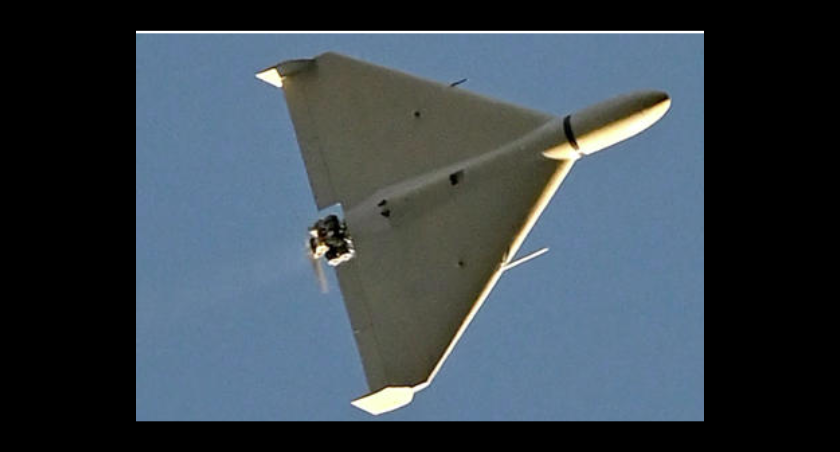The largest unmarried attack towards Ukraine by using Russian shahed-136 drones remaining week brought about an uncommon discovery. Technicians from a Ukrainian drone schooling and development employer stated they located a 4g modem with a sim card from the Ukrainian Kyivstar telecom company internal some of the downed drones. This may have implications of various degrees of impact.
The victory drone company, first of all, cautioned on telegram that the sim card and modem may be utilized by Russia to track the stays of down drones, advantage extra navigation through cell telephones or telemetry “to regulate the flight challenge in actual-time.”
“on the night of the extreme mass attack of the shahid, we intercepted a strong signal from the air because the shahid flew via observation factors,” the victory drone said. “numerous downed bombs had been equipped with [Long Term Evolution] lte cell modems with [multi-input, multi-output] mimo antennas. The whole lot became established on tape.”
From gazing at the drones’ jury-rigged innards, the victory drone technicians concluded “We’re coping with Russian federation experiments and not a serial product.”
A more in-depth observation of the sim card and modem determined an internal downed Russian shahid-kind drone. (thru Twitter)
As to why shahid-136s would be equipped with cellular communications, there are some opportunities. Doing this to track drones after they crash, assuming they remain intact at all and this transformation isn’t always observed, seems unlikely, even though it’s possible. Using cellular towers to assist navigate can be feasible, however, the need for doing so isn’t always clear and that could require integration with the drone’s autopilot amongst different changes.
However using cellular networks to decorate drone abilities is not a brand new concept, it’s something we have mentioned for years. Drones can leverage cell records in lieu or similarly to conventional data links. In city environments, wherein mobile coverage could be very strong, this will be notably useful because the dense urban environment manner line-of-sight datalinks are significantly confined in range, particularly whilst running very near or maybe interior structures. A drone that calls for consistent man-in-the-loop control can get that through the commercially available bandwidth cellphone corporations offer anywhere in a metropolis. This significantly expands the ability of drone operations in these environments. Manifestly, there also are emerging safety dangers on the subject of how nefarious actors ought to doubtlessly leverage this off-the-shelf capability.






